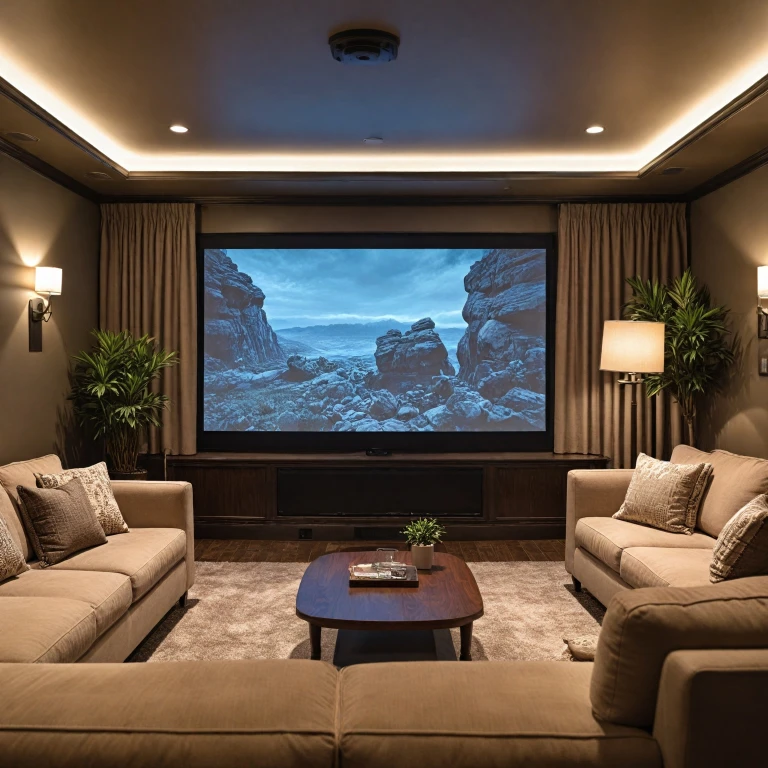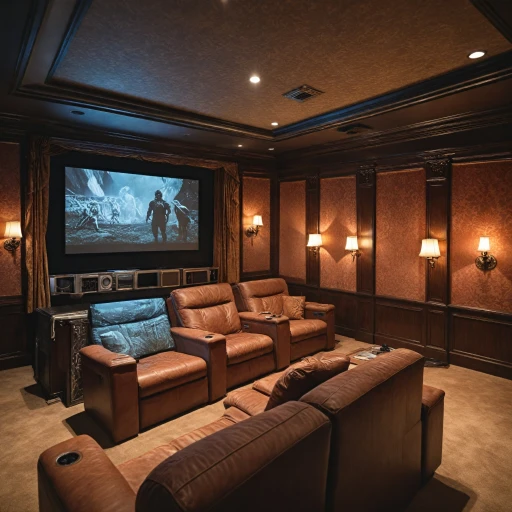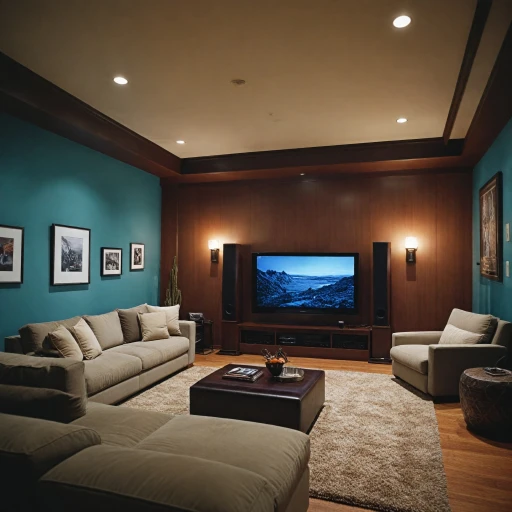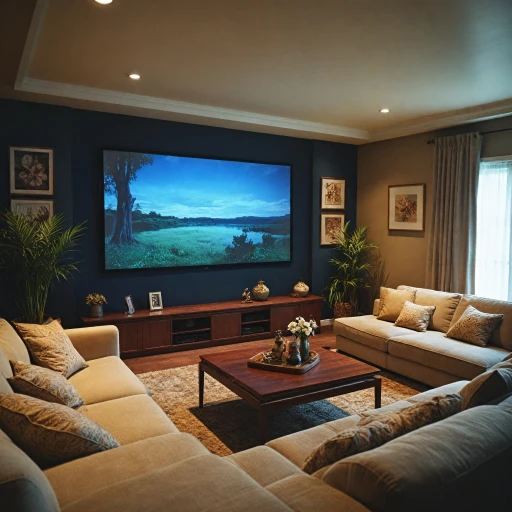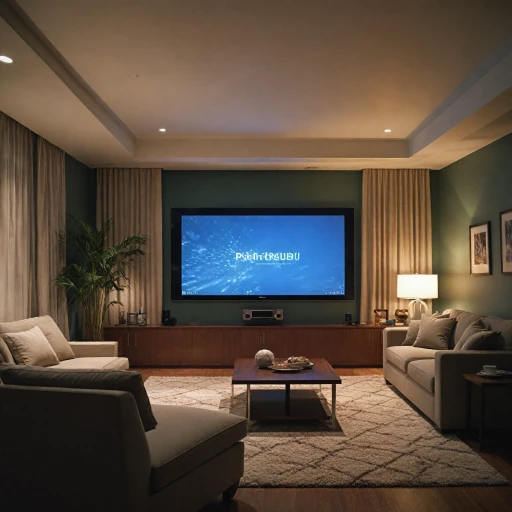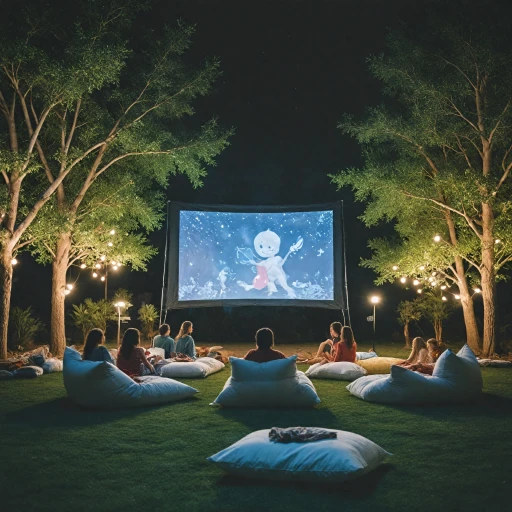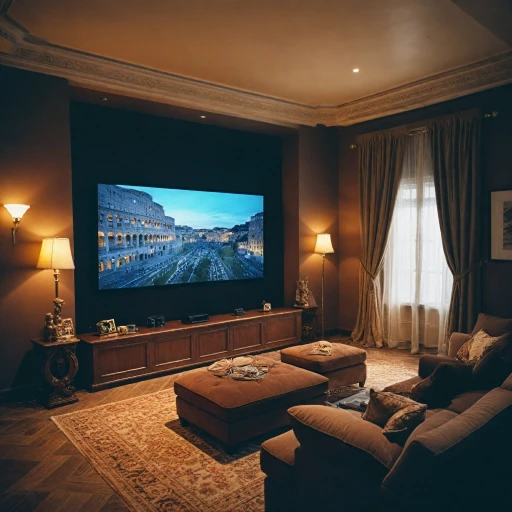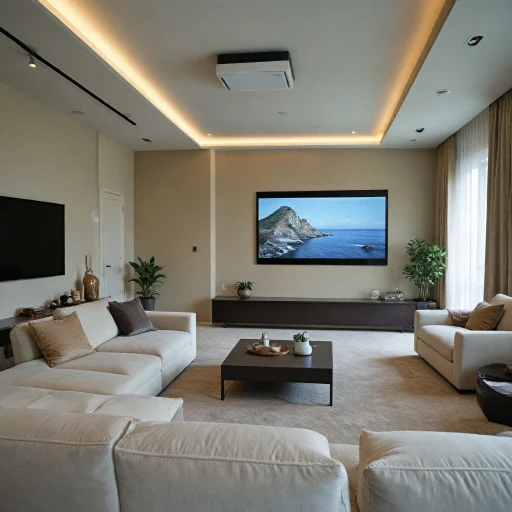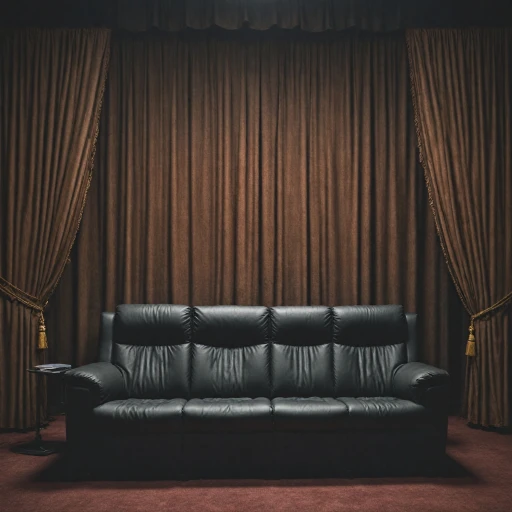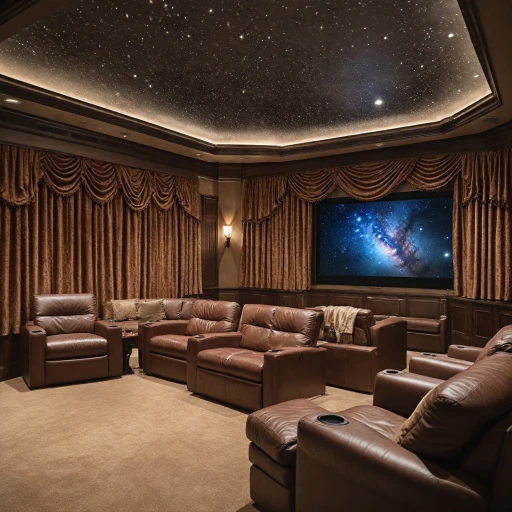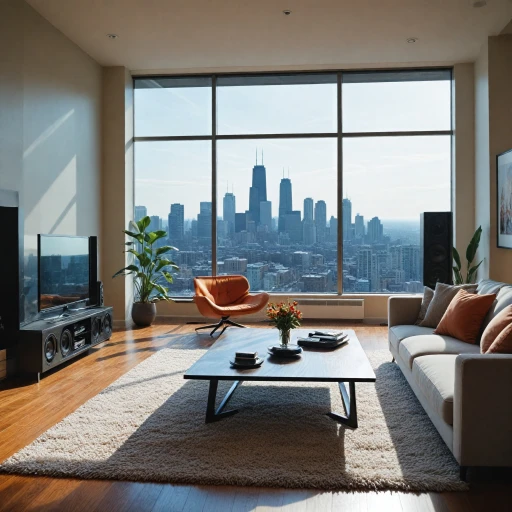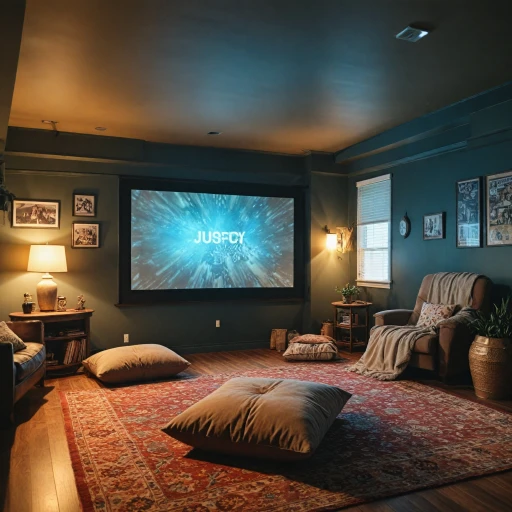
Understanding Screen Size and Viewing Distance
Finding the Right Screen Size
Choosing the perfect screen size for your home theater projector involves some careful consideration and balancing various factors. An appropriately sized projector screen enhances your movie-watching experience, transforming your living room into a genuine cinema. A larger screen size—often ranging from 100-inch to an impressive 150-inch—provides a more immersing feeling, making you feel like you are part of the action. It's essential to keep in mind, though, that bigger isn't always better without the right setup and space.
The relationship between screen size and viewing distance cannot be overstated. A common rule of thumb suggests that your seat should be approximately 1.5 times the diagonal size of your screen. For instance, if you choose a 100-inch movie screen, a sitting distance of about 10 to 12.5 feet is recommended for optimal viewing. Keep in mind that different types of projectors, like short throw or ultra short throw, can alter these calculations because they allow you to place the projector closer to the screen without sacrificing image quality.
While determining the perfect screen size, it's also crucial to consider potential updates in your home theater setup. For a long-term investment, think about future upgrades, such as switching from a fixed frame to a retractable screen, or vice versa. Your choice will influence other elements like screen material and aspect ratio preferences, which we discuss in detail in other sections.
For more detailed insights on choosing the best fabric for your movie screen, which also significantly impacts your visual experience, you can read more here.
Screen Material Matters
Choosing the Right Screen Material for Optimal Viewing
The material of your projector screen plays a significant role in providing the best visual experience. Having a high-quality material is crucial, as it defines how well a screen absorbs or reflects light from the projector. Different materials cater to specific needs, so understanding their features can guide your decision.
- Matte White: This is a popular choice for its versatility and uniformity. A matt white surface provides a consistent reflection of light, ideal for most home theater settings. The adaptability of this material makes it a frequent choice for an elite projector screen .
- Gray or High Contrast: If your setup deals with ambient light issues, a gray screen can enhance contrast and deepen black levels compared to white screens. This is beneficial in brighter rooms where controlling light is challenging.
- Acoustic-Transparent: For those looking to hide speakers behind the screen, acoustic-transparent materials allow the sound to pass through without compromising audio quality. This feature is excellent for creating an immersive theater environment.
When selecting the right material, consider your room's lighting and how it may affect the projected image. Additionally, certain manufacturers offer innovations such as Elite Screens and AWOL Vision, renowned for producing high-quality options, each with distinct advantages.
Exploring options can often lead to a specific product range that aligns with your preferences, whether it’s a fixed frame, outdoor use, or inflatable screens for portability. If you're keen on upgrading your viewing setup with an inflatable option, this guide to inflatable screens can be a great resource.
Aspect Ratios and Their Importance
The Importance of Aspect Ratios in Home Theater Projection
When selecting a projector screen for your home theater, understanding aspect ratios can significantly enhance your viewing experience. The aspect ratio is the relationship between the width and height of the screen. Common aspect ratios for projector screens include 4:3, 16:9, and 2.35:1.
The 16:9 aspect ratio is the standard for HDTV and most home theater systems. This makes it ideal for watching movies and TV shows, as it matches the format of most content available today. On the other hand, the 4:3 aspect ratio is considered more traditional, mainly used in older TV shows and some retro gaming experiences. The 2.35:1 aspect ratio is a popular choice among movie enthusiasts, allowing you to achieve a more cinematic feel by closely matching the ultra-wide format of many films.
Choosing the right aspect ratio for your needs depends largely on the type of content you prefer to watch. A wider screen dedicated to movies might benefit from a 2.35:1 setup, while a multipurpose setup with diverse content can benefit from the versatility of a 16:9 screen.
If you’re investing in an ultra short throw projector, it’s crucial to pair it with a compatible screen. Many manufacturers like Elite Screens offer projection screens designed specifically for different aspect ratios, ensuring the best fit for your device. Consider your personal preferences and the predominant use of your home theater when purchasing the screen to maximize your investment.
Without a doubt, making an informed decision about aspect ratios can significantly impact your viewing pleasure. For those keen to dive deeper into audio enhancements and create an all-encompassing home theater setup, consider checking out this guide on enhance your audio experience to complement your visual arrangements.
Fixed vs. Retractable Screens
Deciding Between Fixed and Retractable Screens
When you're setting up a home theater, the choice between fixed and retractable screens is crucial, impacting both aesthetics and functionality. Each option has its distinct advantages and is better suited to different types of spaces and user needs. Fixed screens are often preferred for their sleek, professional look. They are usually mounted onto a sturdy frame, creating a tensioned surface that provides a consistent projection area without any wrinkles or distortions. These screens are ideal for dedicated home theater rooms where the screen is a permanent fixture. The fixed frame is typically available in a variety of finishes, and these frames can enhance the decor, giving a touch of elegance to your home cinema setup. On the other hand, retractable screens offer flexibility and convenience, especially for those who want to conserve space or use the room for multiple purposes. These screens can be rolled up and stored when not in use, making them ideal for apartments or living rooms that transform into home theaters. They come in both manual pull-down and motorized varieties, with some high-end models offering remote-controlled operation for seamless integration into smart home systems. Consider the following when choosing between fixed and retractable screens:- Space availability: If you have a dedicated theater room, a fixed frame screen might be more appropriate. For multi-purpose spaces, retractable screens offer space-saving benefits without sacrificing screen size, especially for those looking at over 100-inch projections.
- Budget: While fixed screens often come with a higher initial investment due to their durable construction, retractable screens can vary widely in price and quality, from budget-friendly options to more expensive motorized models.
- Installation and Maintenance: Fixed screens typically require professional installation, while retractable options might offer simpler DIY setup. Maintenance also varies, as retractable screens may need occasional realignment.
- Aesthetic Preferences: Fixed screens tend to be more visually striking as a permanent, cinematic centerpiece, while retractable screenings offer the advantage of maintaining the room’s aesthetic without a permanent feature dominating the space.
Lighting Conditions and Ambient Light
Optimizing Your Projection for Different Ambient Light Conditions
When setting up your ideal home theater, considering the lighting conditions in your room is a critical factor. The amount of ambient light can greatly affect the image quality of your projection screen.- Room Environment: You'll need to ascertain the level of control you have over the light in your space. A dedicated theater room with blackout curtains can help maintain a dark environment, allowing you to enjoy vivid images even with a lower lumen projector. Conversely, if your space has windows or you're setting up an outdoor project, you might require a product with higher lumens to ensure the movie screen remains vibrant.
- Screen Material: The material of your projection screen plays a significant role in handling ambient light effectively. Products with a matt white finish might deliver a crisp picture in more controlled lighting, while elite screens designed to reject ambient light can offer a clear image in brighter conditions.
- Projector Type: Depending on your setup, choosing between a regular, short throw, or ultra short throw projector is essential. An ultra short throw projector allows placement closer to the screen, reducing shadows and maintaining picture quality, which could be crucial in rooms with ambient light challenges.
- Projection Screens Variety: Many projection screens from respected manufacturers cater to different lighting needs. For instance, elite screens options have been celebrated for their superior contrast in brightly lit rooms. Customer reviews on platforms like Amazon can provide firsthand insights on the performance of these models in various lighting conditions.
- Cost Considerations: Regardless of your setup, budget constraints are always present. Considering durable and efficient options, such as a fixed frame screen that copes well under ambient light, might save you from frequent upgrades, offering long-term investment benefits. Keep an eye on price sales that include free shipping, which can help make larger inch projector screens more affordable as a bundle.
